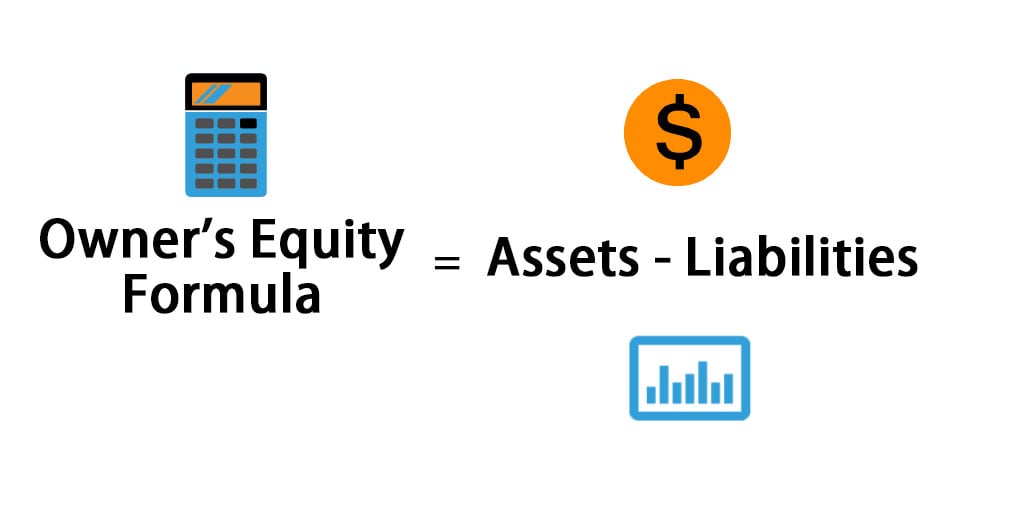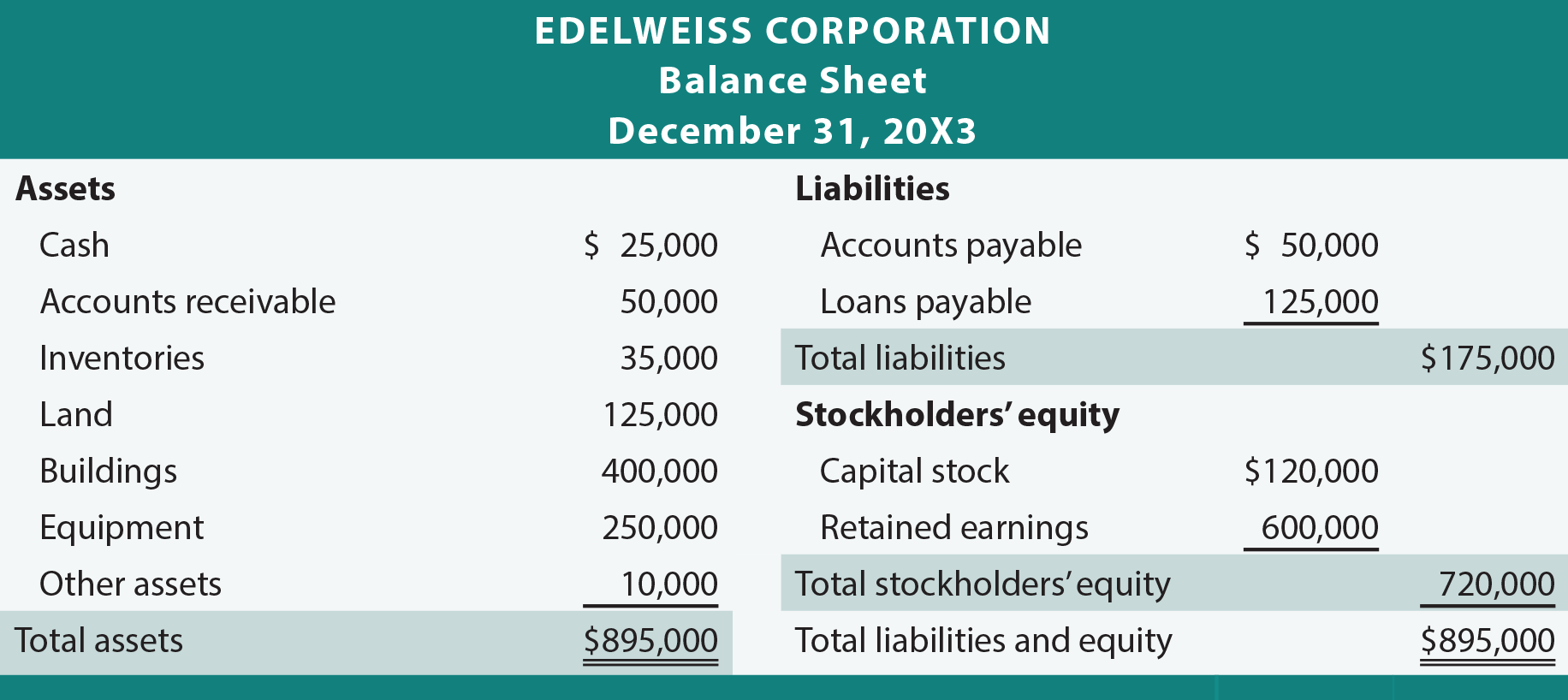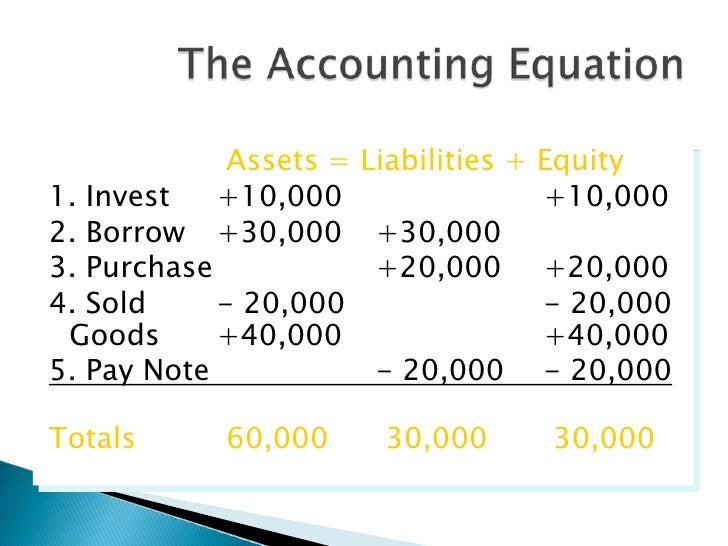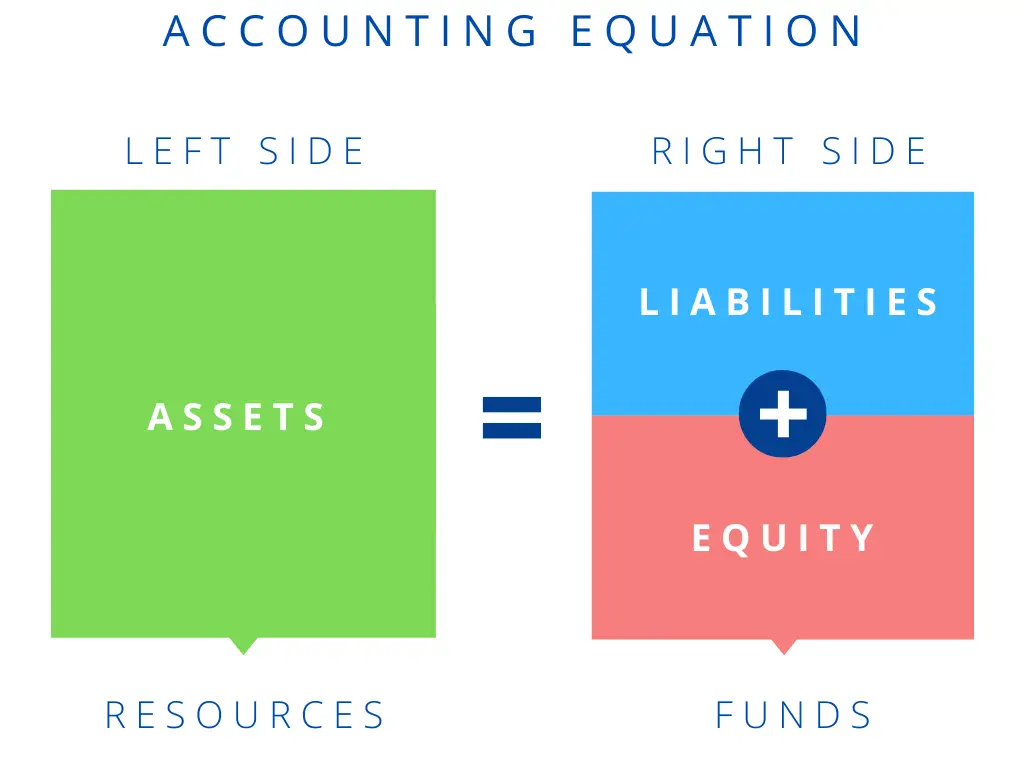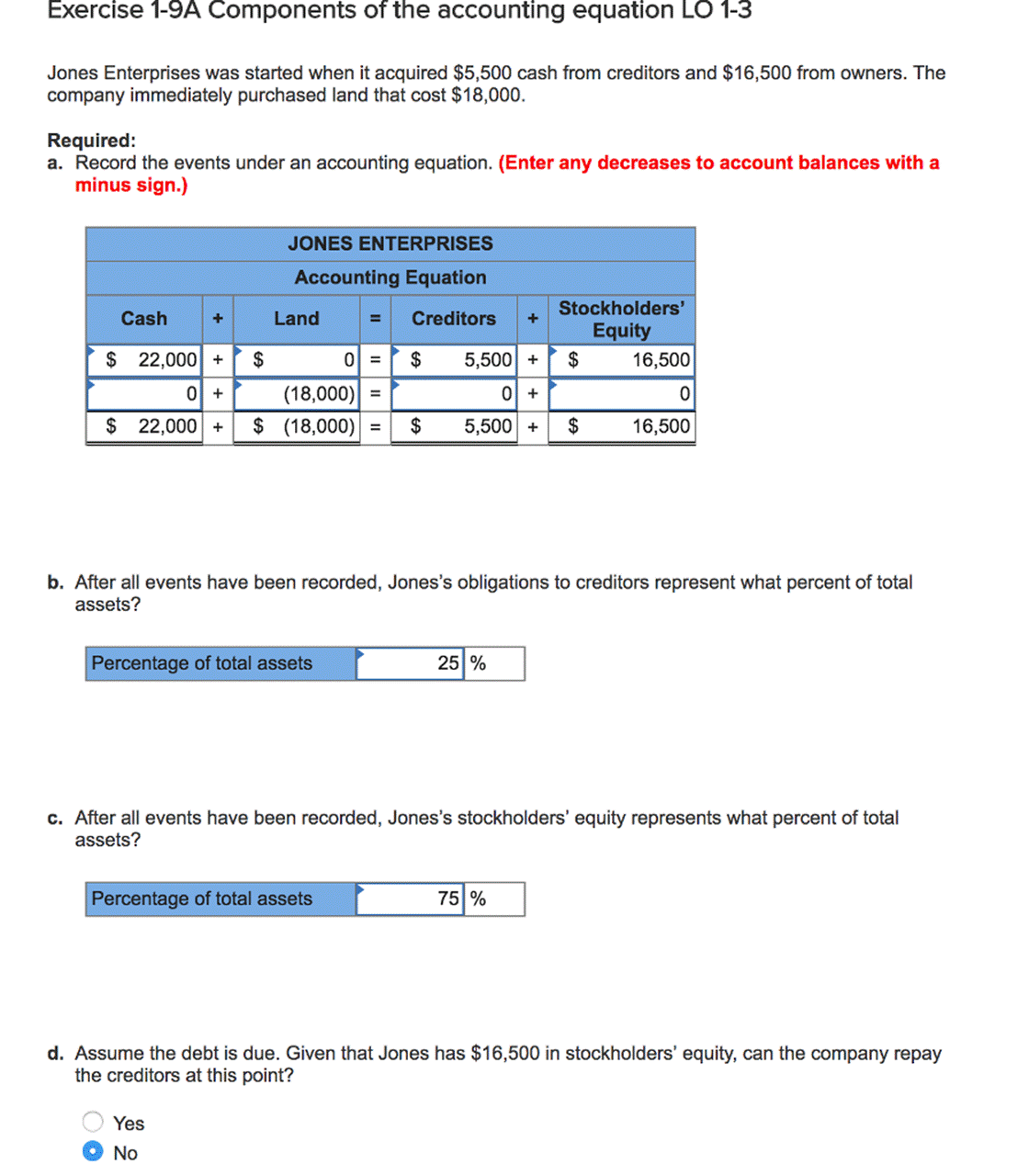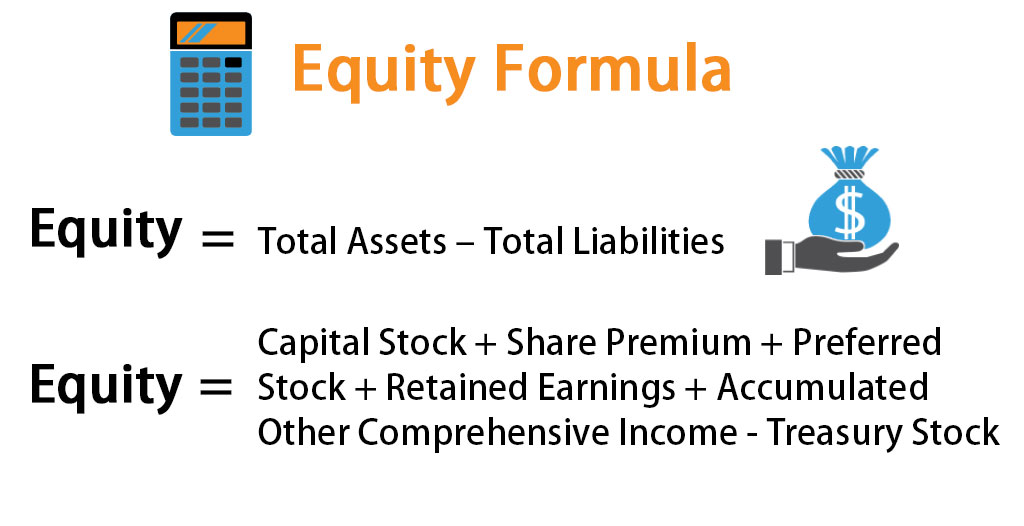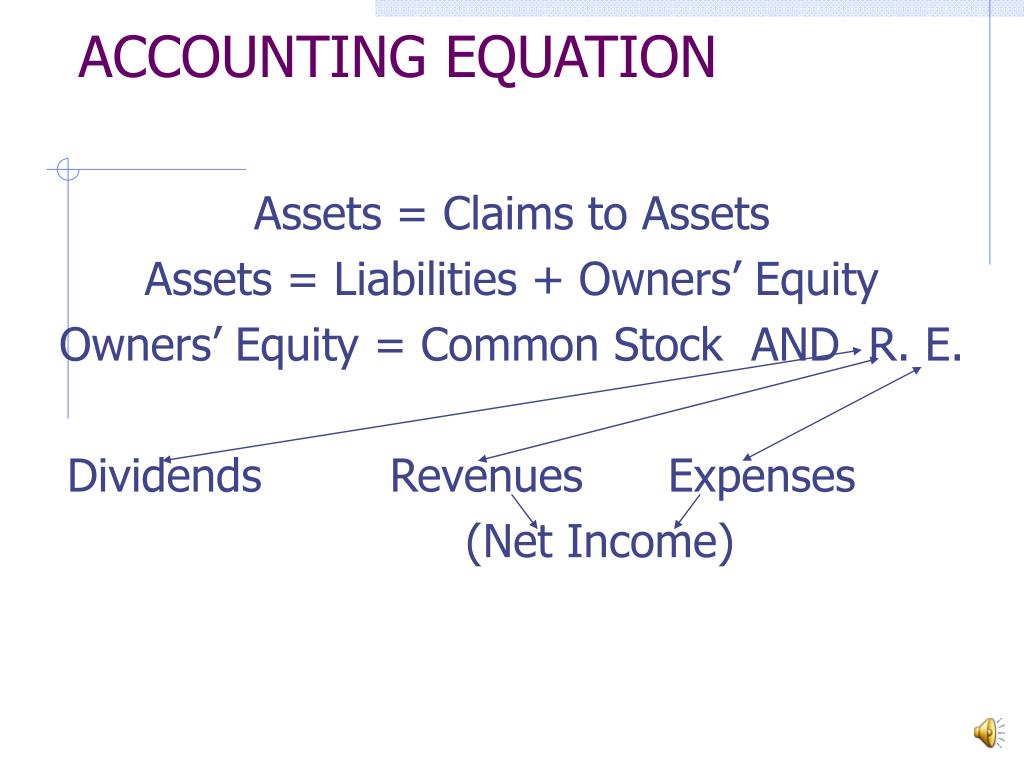Underrated Ideas Of Tips About Owners Equity Equation Accounting

Definition of owner's equity owner's equity is one of the three main sections of a sole proprietorship's balance sheet and one of the components of the accounting equation:.
Owners equity equation accounting. Assets = capital + liabilities in this format, the formula more clearly shows how the assets controlled by the business have been funded. What is owner's equity? The last variable in the accounting formula is owner’s equity.
Basic accounting equation: Computer assembly warehouse let’s assume that jake owns and. To review, assets = liabilities + owner’s equity.
Owners equity, often just called equity, represents the value of the assets that the owner can lay claim to. Assets = liabilities + equity the accounting equation states that a company’s assets must be equal to the sum of its liabilities and. In this case, the difference is a loss of $175, so the owner's equity has decreased from $7500 at the beginning of the month to $7325 at the end of the month.
Owner’s equity can be calculated by summing all the business assets (property, plant and equipment, inventory, retained earnings, and capital goods) and deducting all the liabilities (debts, wages, and salaries, loans, creditors). It's the value of all the assets after deducting the value. It isn’t a measure of the value of a.
The owner’s equity formula or basic accounting equation is simply: So as an example of equity accounts, if the assets of a business are. Assets = $50,000 ($36,000 + $14,000) d:
The accounting equation is a formula that shows the sum of a company’s liabilities and shareholders’ equity are equal to its total assets (assets = liabilities + equity). The owner’s equity of a business is the residual amount left after deducting all liabilities from book value of company assets. Owner’s equity = 5,60,000 + 1,72,000 +.
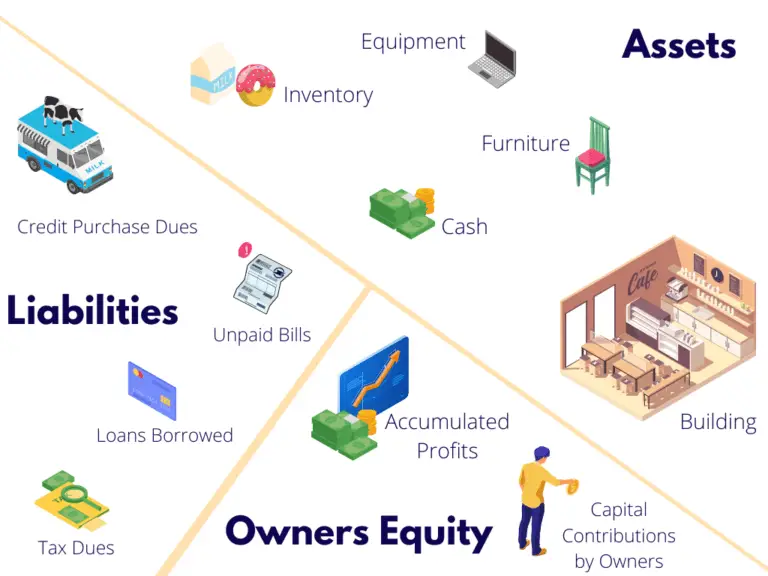
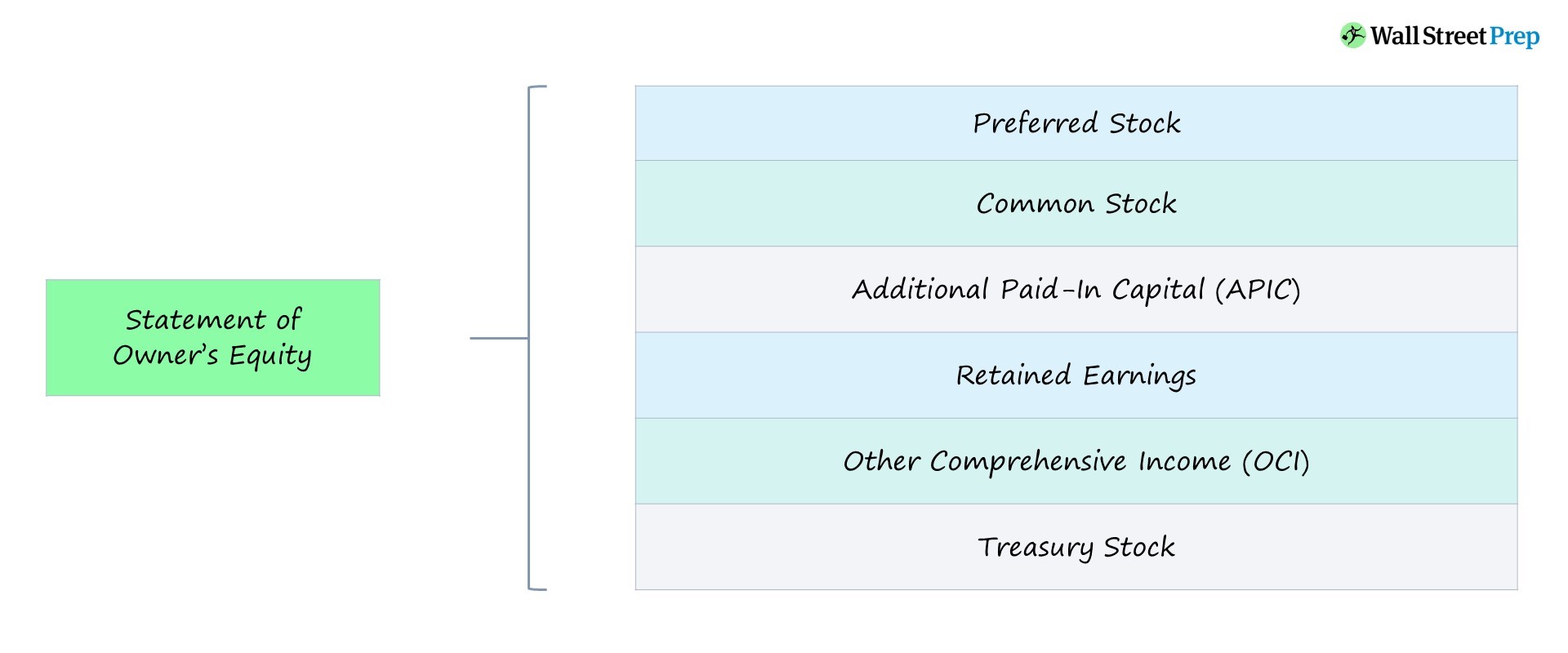
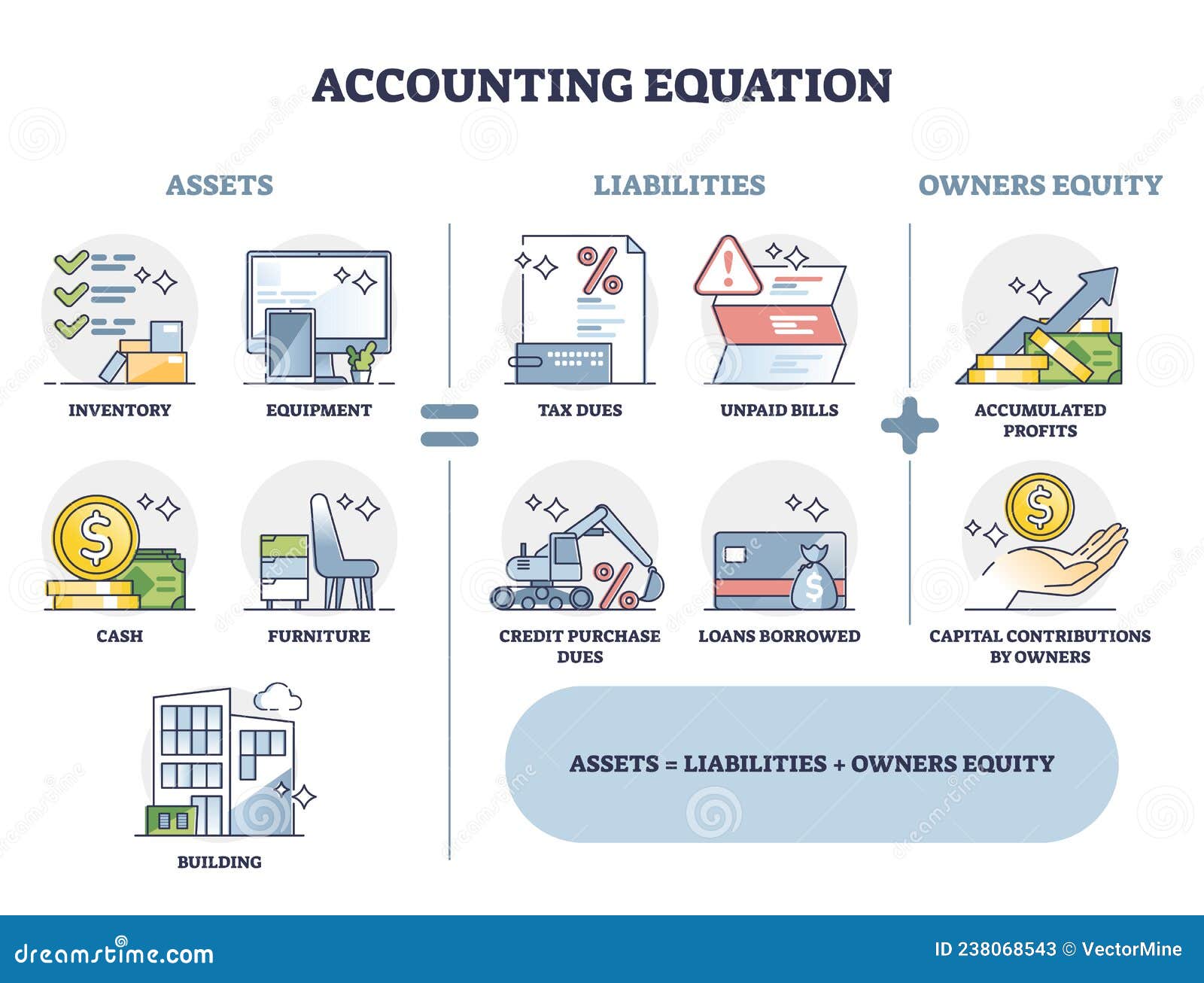

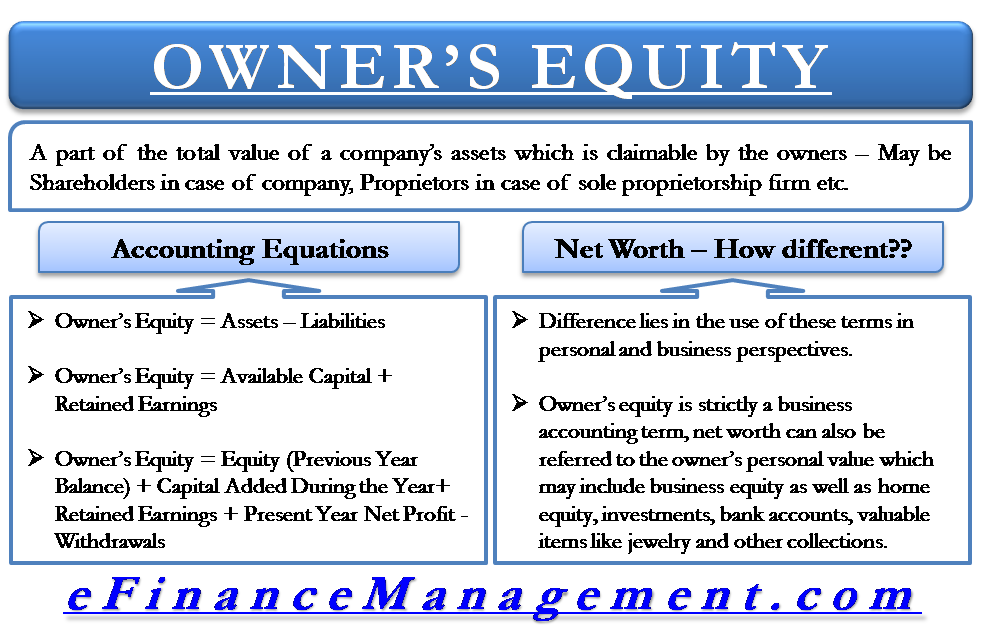
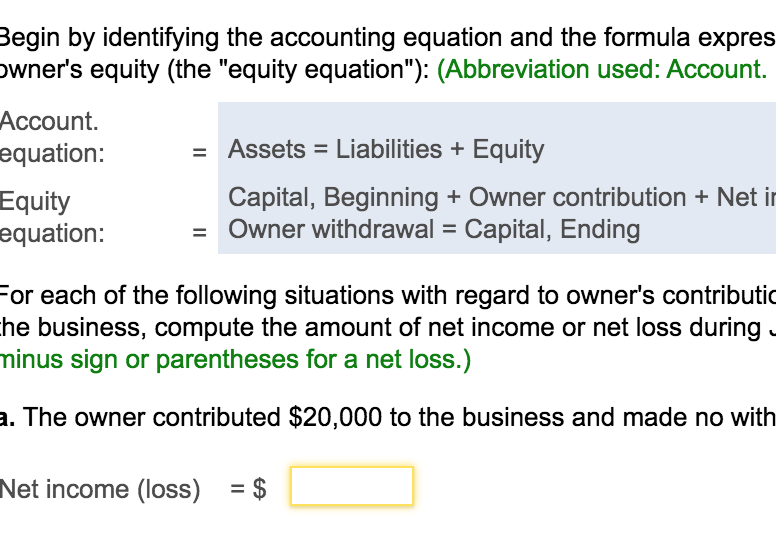
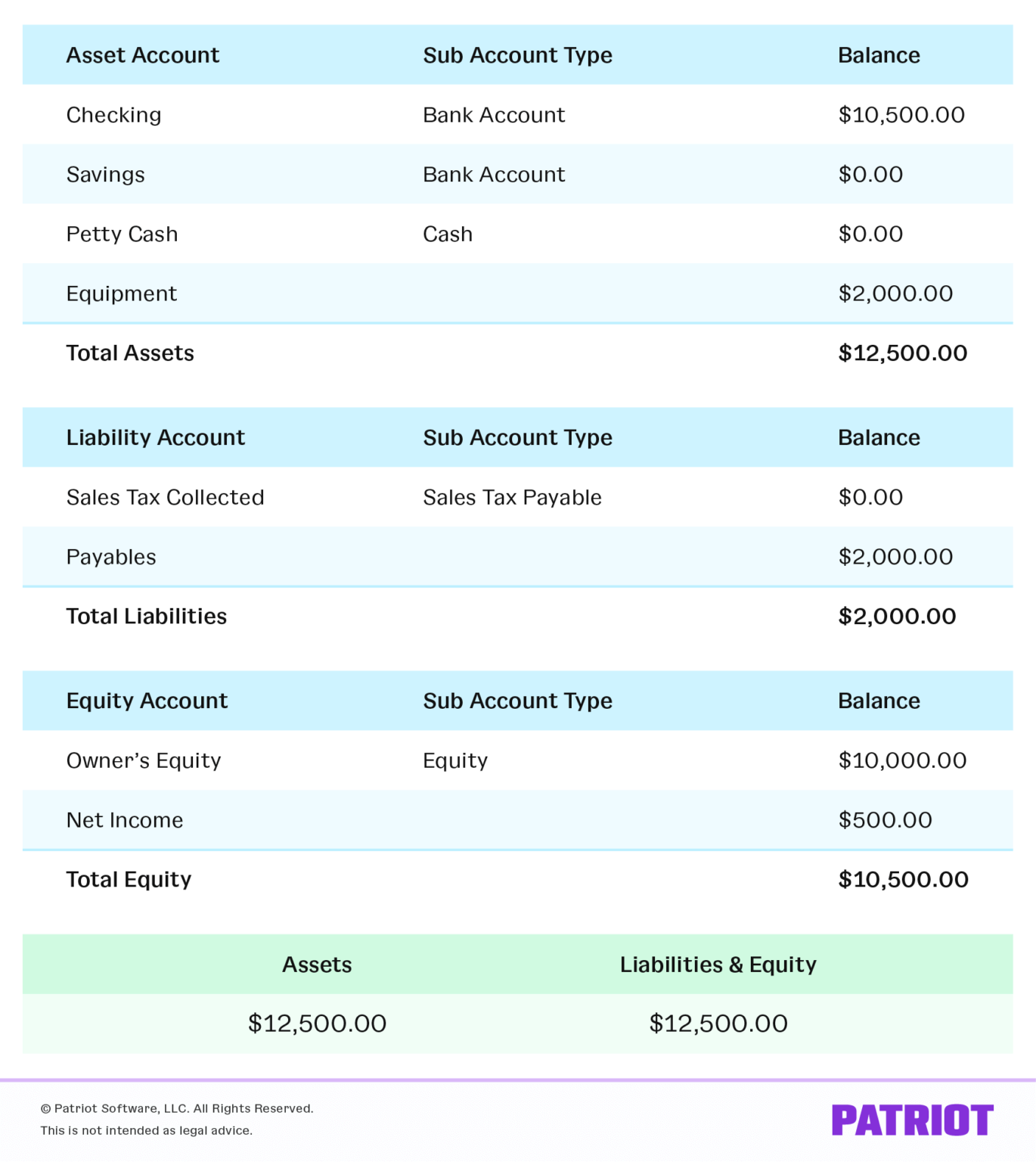
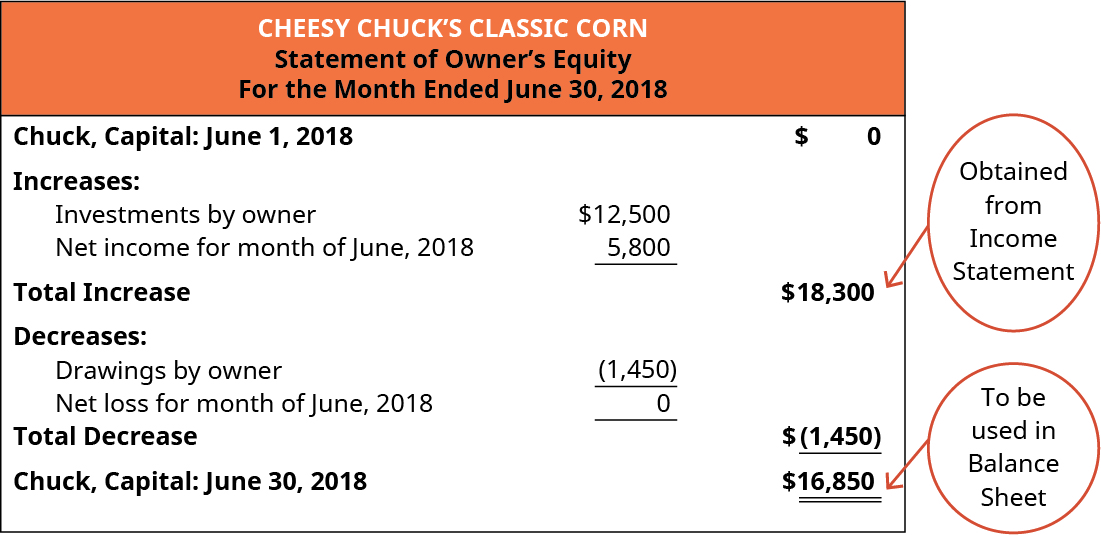
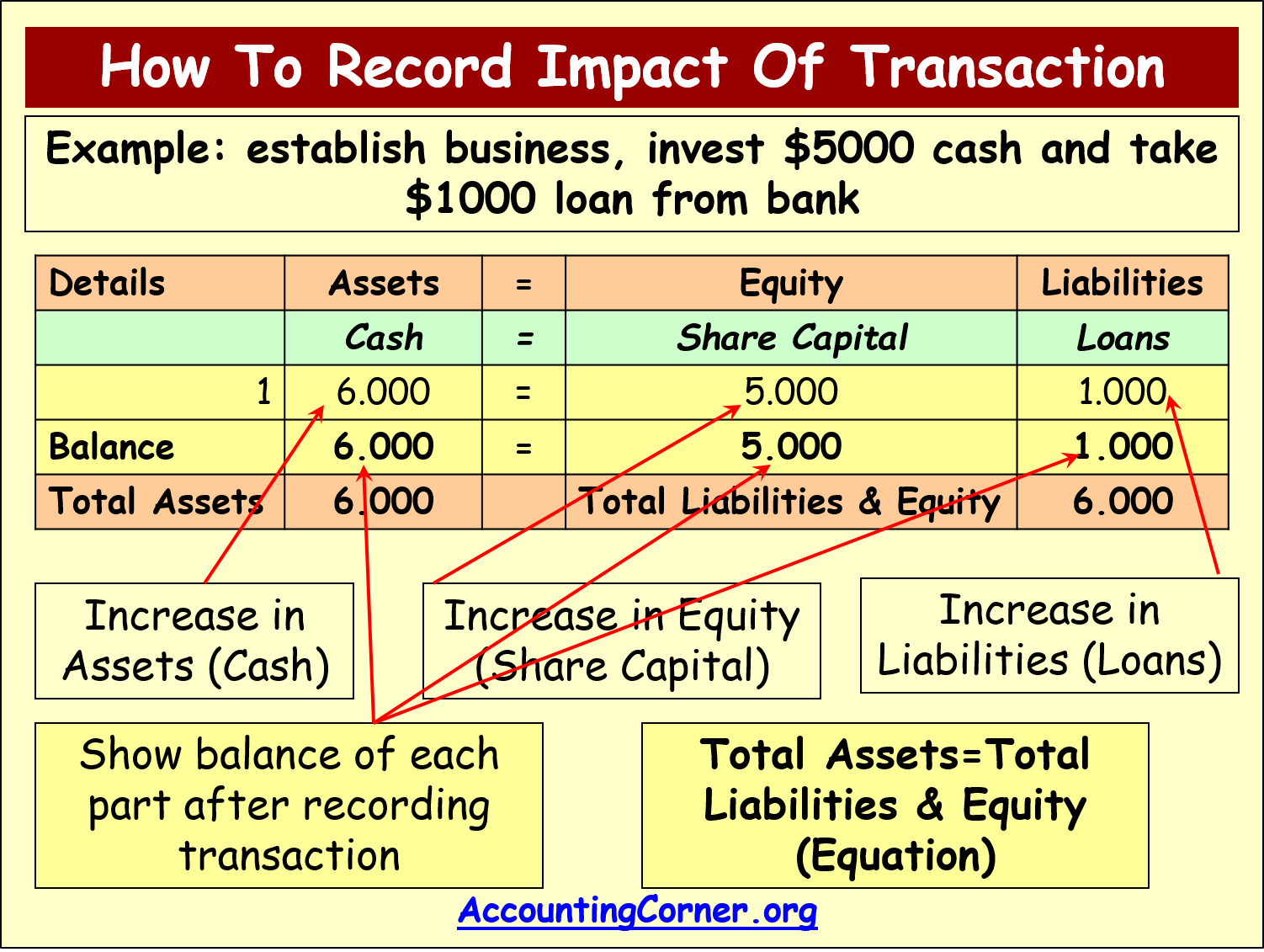
/dotdash_Final_Equity_Aug_2020-01-b0851dc05b9c4748a4a8284e8e926ba5.jpg)
